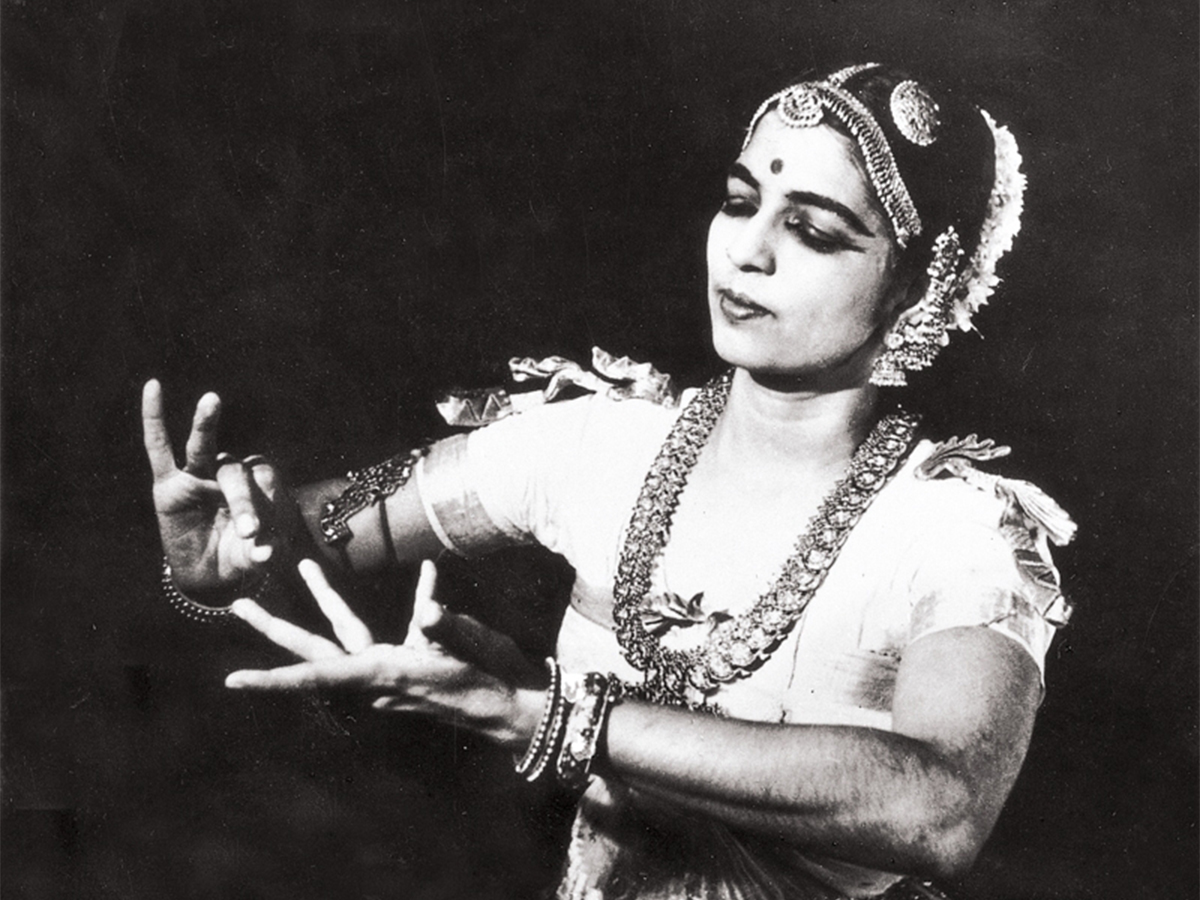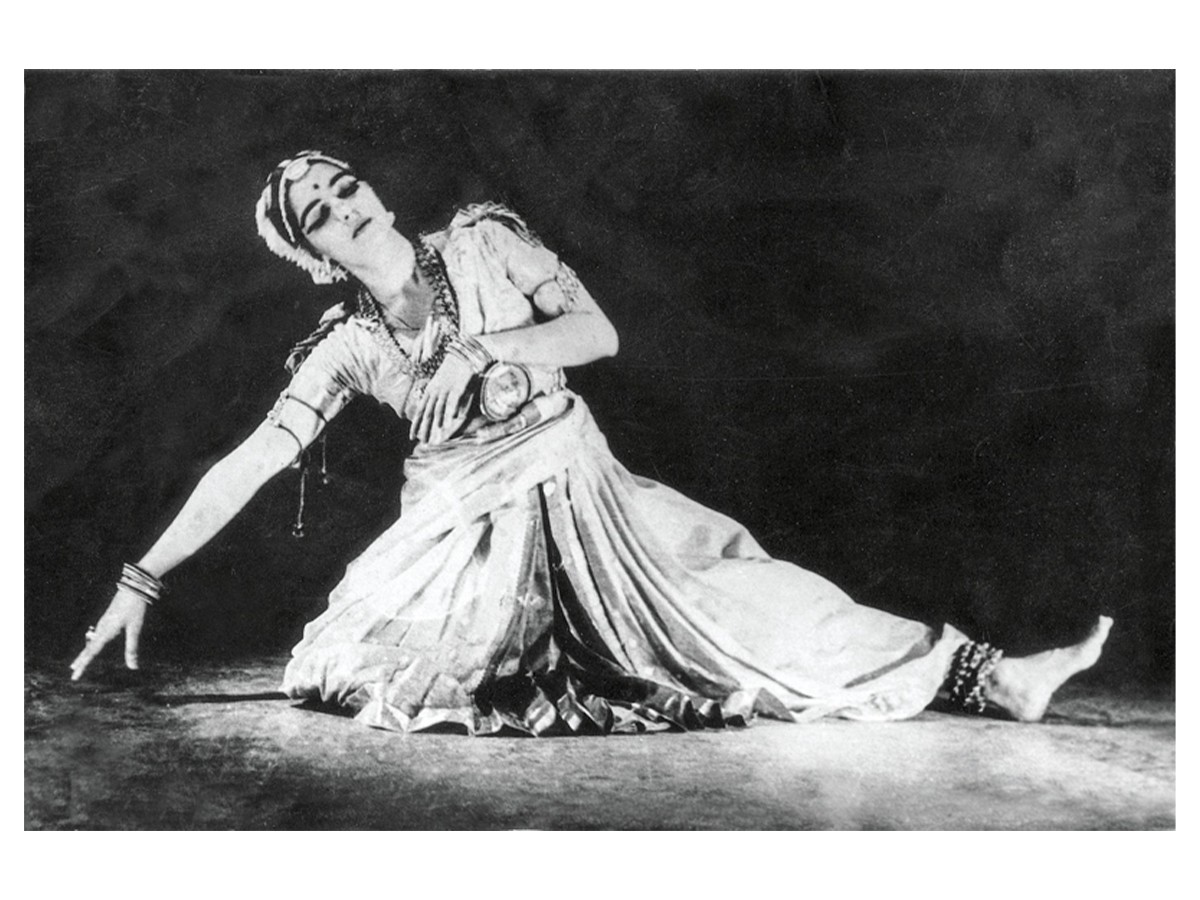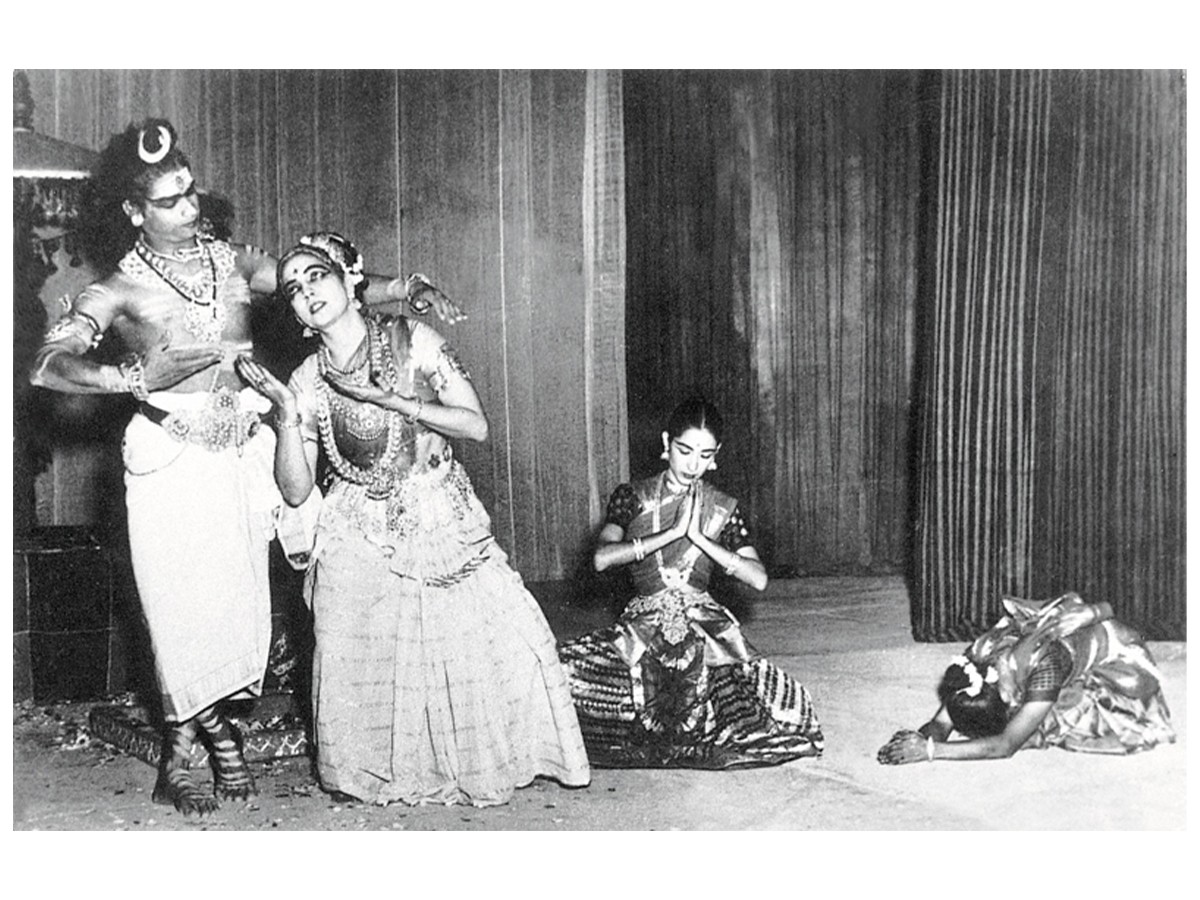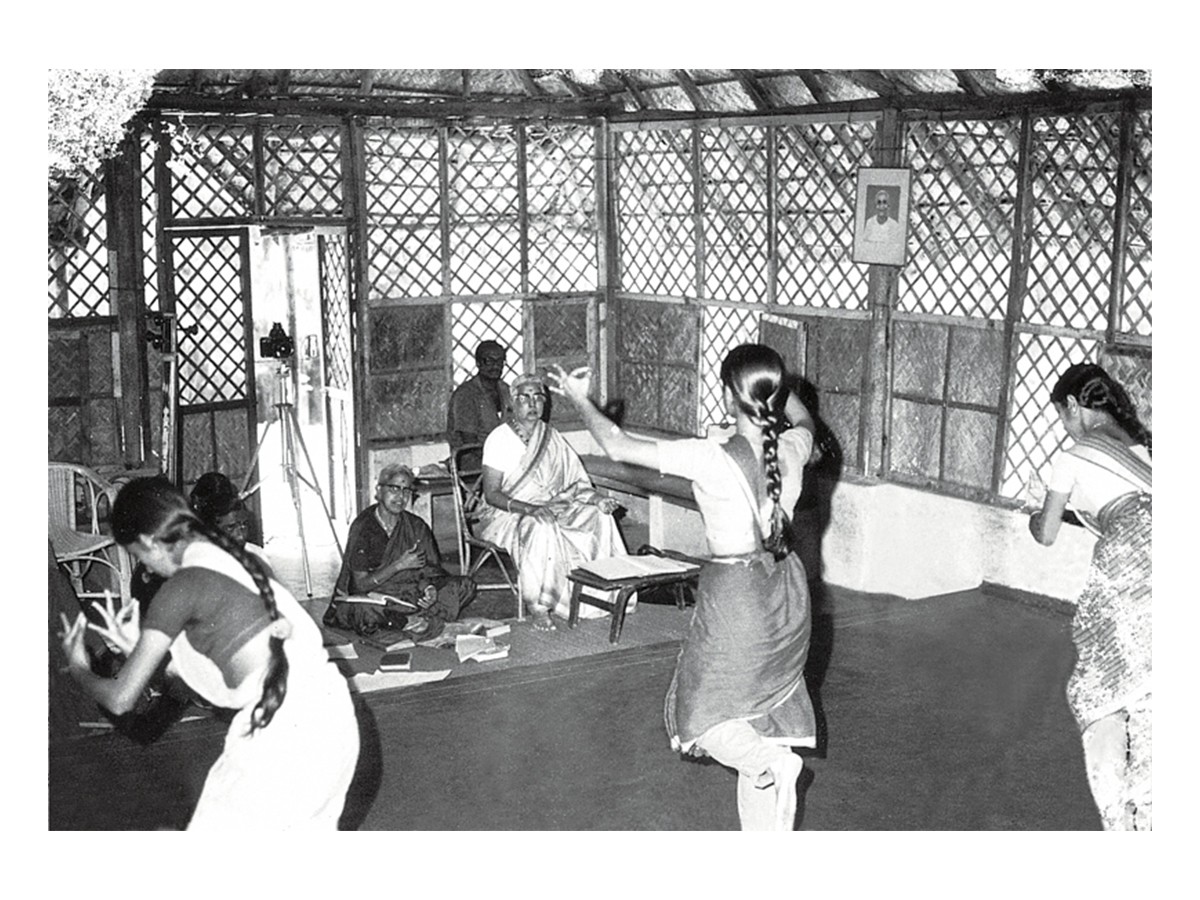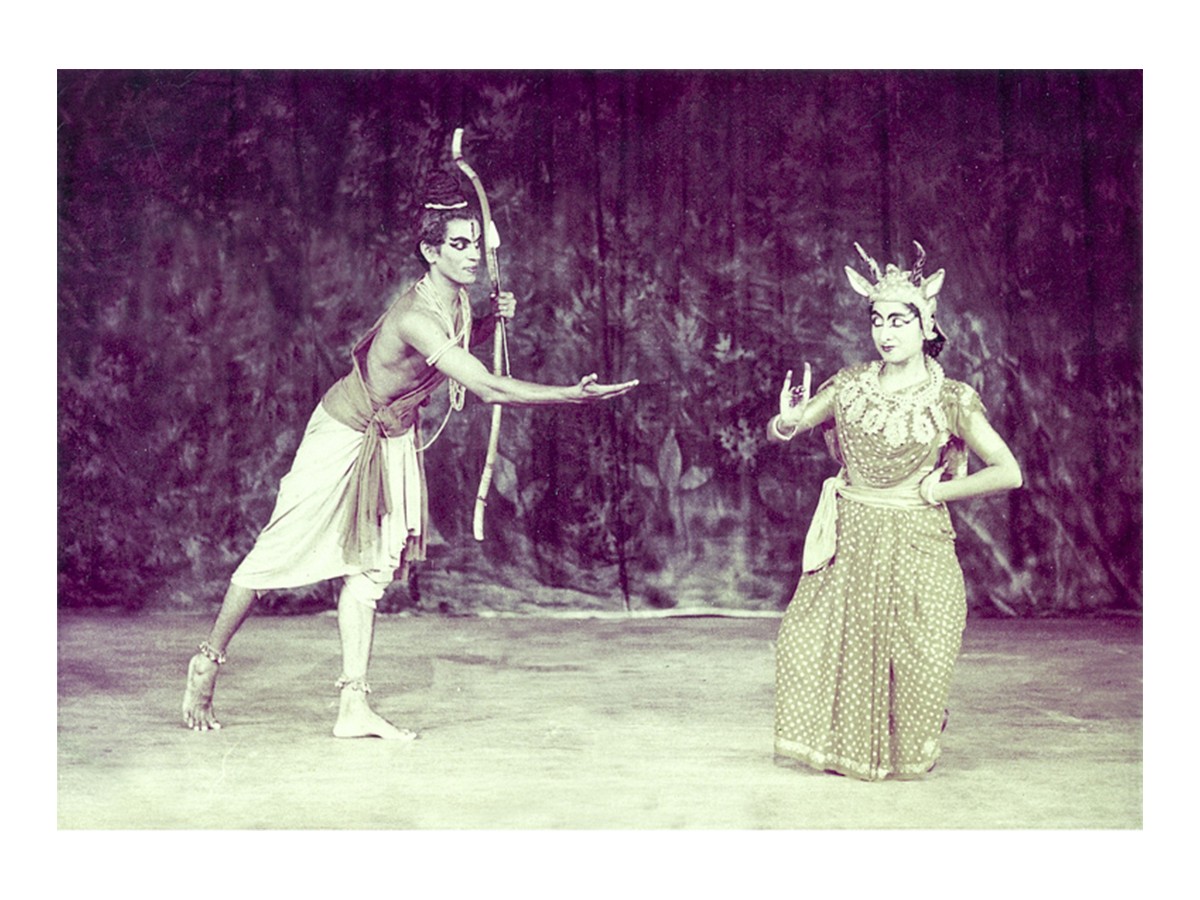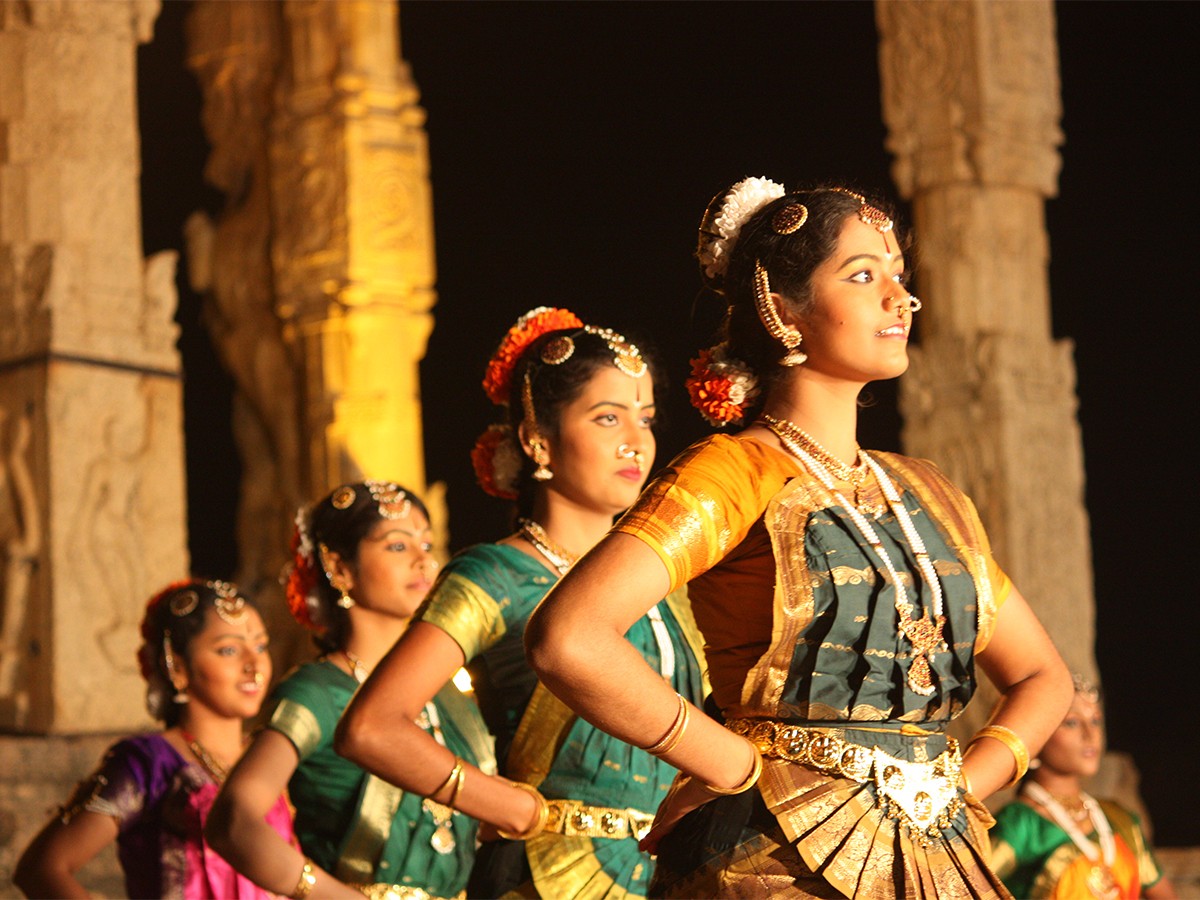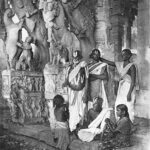The Kalakshetra Foundation and the Revival of Bharatanatyam
1936
Rukmini Devi Arundale establishes and uses the Kalakshetra Foundation and her own growing reputation as a performer to ‘revive’ temple dances, mainly in the form of what we know as Bharatanatyam today. While the position of temple dancers had been in decline during the early modern period, colonial intervention worsened their situation considerably. Following the 1910 ban on the practice in the Madras Presidency (parts of present-day southern India outside the Deccan), many erstwhile dancers lost their remaining status and prestige, and had to undertake prostitution or bonded labour. In the wake of protests against the ban, the colonial government also passed Devadasi Protection Acts in the Bombay and Madras Presidencies in 1934.
While Arundale and others base Bharatanatyam on Sadirattam, the most common temple dance tradition before the ban, the revived version is not actually practised in temples. From its establishment in the politically charged decade leading up to Independence, Bharatanatyam will be seen as a major cultural symbol of Indian identity, although the circumstance of its secularised revival as an upper-caste performance practice will be criticised by many scholars as a form of appropriation.
Bibliography
Meduri, Avanthi. “Labels, Histories, Politics: Indian/South Asian Dance on the Global Stage.” Dance Research: The Journal of the Society for Dance Research 26, no. 2 (2008): 223–43. http://www.jstor.org/stable/40264001.
O’Shea, Janet. “Dancing through History and Ethnography: Indian Classical Dance and the Performance of the Past.” In Dancing from Past to Present: Nation, Culture, Identities, edited by Theresa Jill Buckland, 123–52. London and Wisconsin: University of Wisconsin Press, 2006.
Sreenivas, Mytheli. “Creating Conjugal Subjects: Devadasis and the Politics of Marriage in Colonial Madras Presidency.” Feminist Studies 37, no. 1 (2011): 63–92. http://www.jstor.org/stable/23069884.
Torri, Maria Costanza. “Abuse of Lower Castes in South India: The Institution of Devadasi.” Journal of International Women’s Studies 11, no. 2 (2009): 31–48.
Feedback 
This entry appears in
Art in South Asia
Visit Timeline
Associated Timeline Events
First Published: March 11, 2024
Last Updated: May 22, 2024



